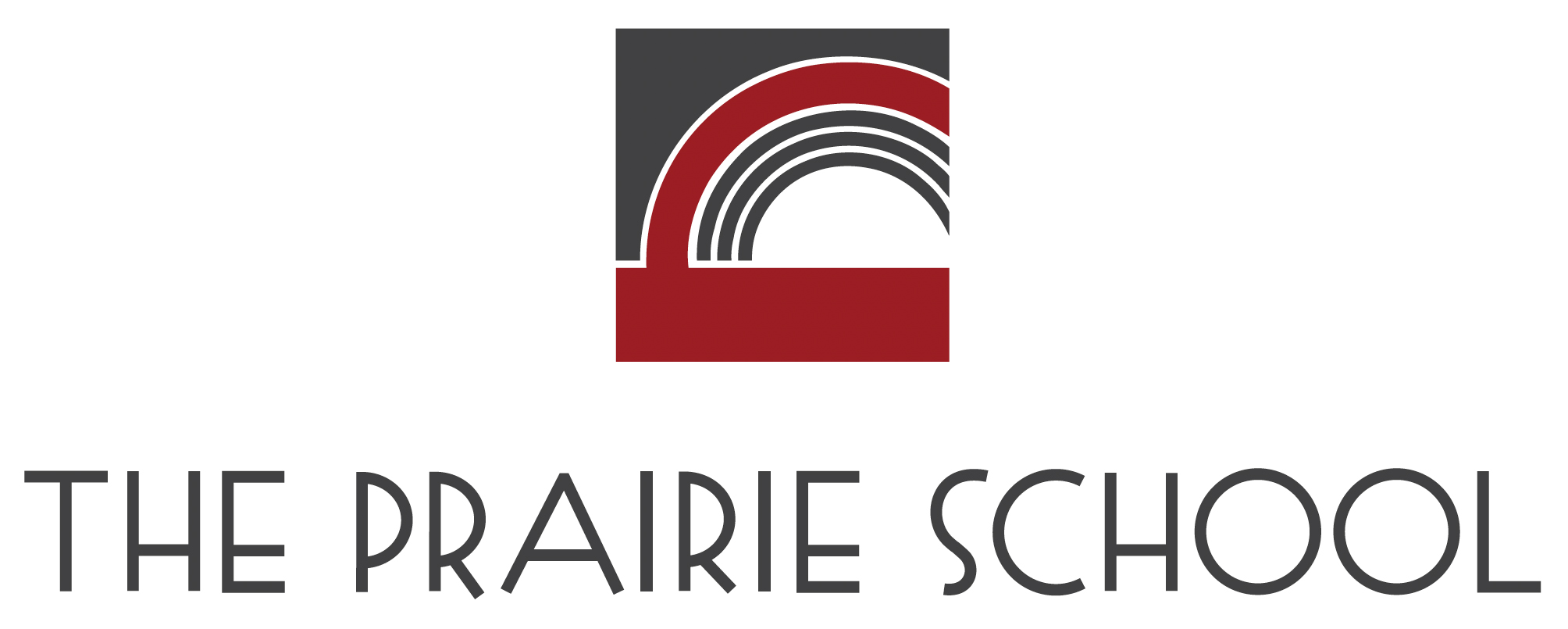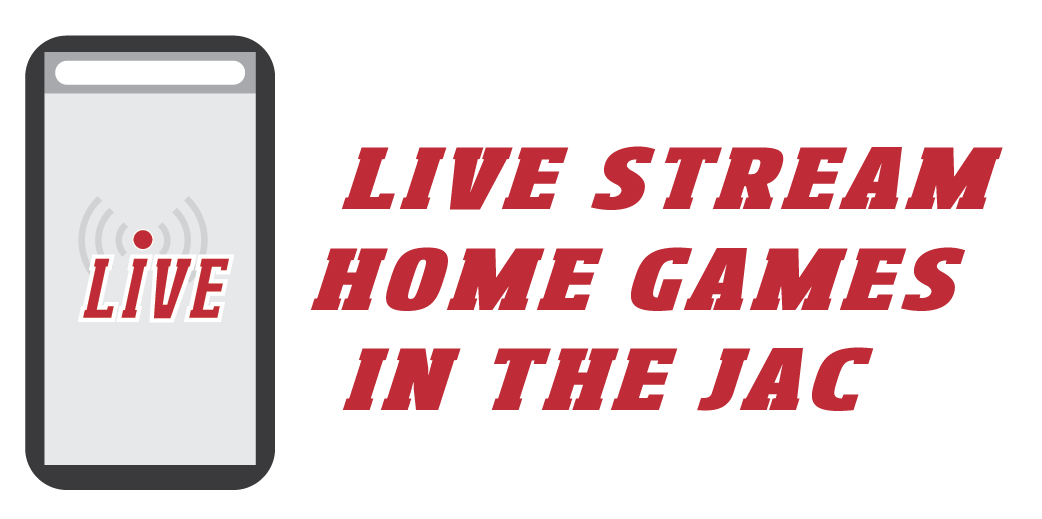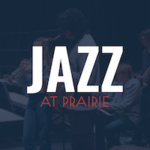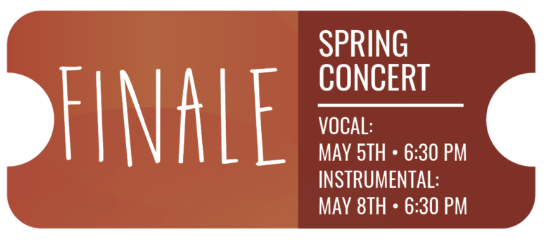Teachers, students work together to make Wind Point a refuge for purple martins.
If you’re a tennis player or an avid path walker you might have noticed a new birdhouse-like structure on the west side of campus recently. We caught up with Dr. Jean Weaver and convinced the perpetually in motion Science Department Chair to give us the scoop on Prairie’s new avian architecture.
By Jean Weaver
Purple martins, North America’s largest swallow, are aerial insectivores which means they feed on airborne insects like mosquitoes, gnats and dragonflies. A migratory bird, purple martins spend the winter in Brazil and arrive back in Wisconsin in April only to head back south in July – their trip is an amazing 2500 miles one-way!
Due to loss of habitat in the eastern United States, purple martins depend almost exclusively on humans for housing, preferring to live in apartment-style complexes alongside other purple martin families.
Unfortunately, purple martin numbers have been in decline in the US, and Wisconsin, for many years. One factor in this decrease is exposure to pesticides through their insect diet; another is competition with European house sparrows and starlings for nesting sites. These European non-natives will even destroy purple martin eggs and kill the nestlings in order to take over a nesting cavity.
Being close to Lake Michigan where insects are plentiful, and with lots of wide-open space, Hoy Audubon Society member Helen Pugh thought Prairie’s campus might be a great place to install a purple martin house and help the martins establish nests in our area.
After finding the best location (west of the varsity soccer field alongside the pond), our facilities team installed a post and condominium-style house. This spring, Helen, a few members from the Hoy Society, students Isaiah Robinson ’26, Erin Gerdes ’26, and Issa Ault ’26 and I have been monitoring the bird house.
Every week we crank the house down and open each “apartment”, remove any starling and house sparrow nests and count the number of purple martin nests. So far, we’ve destroyed over 10 starling/sparrow nests and have yet to find a purple martin. Helen is not worried and says that it takes a while for purple martins to find the houses. The group plans on playing a recording of purple martin calls throughout the day in hopes of attracting the birds.
The work with the purple martins is just one example of the real world environmentalism that happens on campus every single day. Weaver is also working with an international program called GLOBE and is in regular communication with a regional contact at the University of Wisconsin-Madison. AP Environmental Science students are collecting hydrology data of the pond that will be shared with GLOBE. Her hope is to train a group of students in data collection so that information can be collected weekly during the school year when the water is not ice-covered.



















